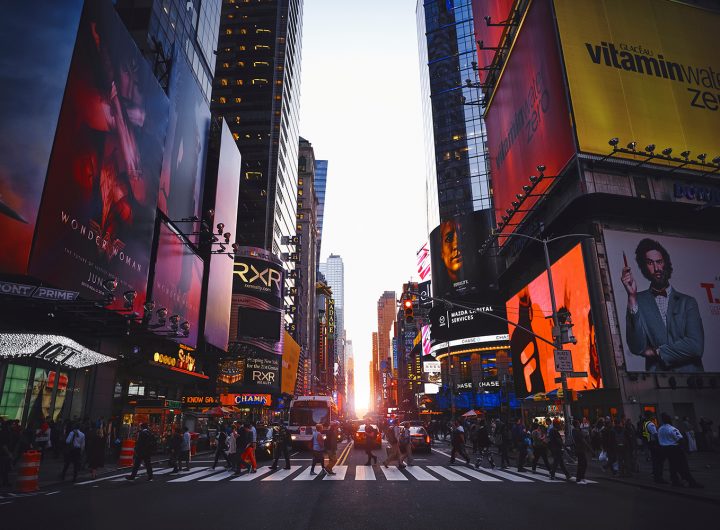- This topic is empty.
-
AuthorPosts
-
08/02/2025 at 13:33 #6380
In recent years, the conversation surrounding sustainability has intensified, particularly in the realm of plastic usage and recycling. As consumers become increasingly aware of environmental issues, the demand for products made from 100% recycled plastic has surged. However, the question remains: Is 100% recycled plastic real? This post aims to dissect the complexities surrounding this topic, exploring the current state of technology, the challenges faced in recycling processes, and the implications for industries and consumers alike.
Understanding 100% Recycled Plastic
At its core, 100% recycled plastic refers to materials that have been entirely sourced from previously used plastics, which have undergone a recycling process to be repurposed into new products. This concept is appealing, as it promises to reduce the reliance on virgin plastic, thereby minimizing environmental impact. However, the reality is more nuanced.
The Recycling Process: Challenges and Limitations
1. Collection and Sorting: The journey of plastic recycling begins with the collection of used plastics. Unfortunately, not all plastics are created equal. Different types of plastics (e.g., PET, HDPE, PVC) have varying properties and recycling capabilities. The sorting process is crucial, as contamination can lead to lower quality recycled materials. This is a significant hurdle in achieving a truly 100% recycled product.
2. Degradation of Material Quality: One of the primary challenges in recycling plastics is the degradation of material quality. Each time plastic is recycled, it undergoes a process that can weaken its structural integrity. This means that while it is possible to create products from recycled plastics, achieving the same quality as virgin materials can be difficult. As a result, many products labeled as 100% recycled may still contain a blend of virgin materials to ensure performance standards.
3. Technological Innovations: Despite these challenges, advancements in recycling technology are paving the way for more effective processes. Innovations such as chemical recycling and advanced sorting technologies are being developed to enhance the quality of recycled plastics. Chemical recycling, for instance, breaks down plastics into their original monomers, allowing for the creation of new plastics that can rival virgin materials in quality.
The Role of Industry and Consumer Awareness
The push for 100% recycled plastic is not solely a consumer-driven initiative; industries play a crucial role in this transition. Companies are increasingly adopting sustainable practices, investing in research and development to improve recycling technologies, and committing to using recycled materials in their products. However, transparency is key. Consumers must be able to trust that products labeled as 100% recycled genuinely meet these standards.
The Future of 100% Recycled Plastic
Looking ahead, the future of 100% recycled plastic hinges on several factors:
1. Regulatory Frameworks: Governments and regulatory bodies must establish clear guidelines and standards for what constitutes 100% recycled plastic. This will help eliminate greenwashing and ensure that consumers can make informed choices.
2. Consumer Education: Raising awareness about the complexities of plastic recycling is essential. Consumers should understand that while 100% recycled plastic is a goal, the current technology and processes may not always deliver on that promise.
3. Investment in Infrastructure: To achieve a circular economy for plastics, significant investment in recycling infrastructure is necessary. This includes improving collection systems, enhancing sorting technologies, and developing new recycling methods.
Conclusion
In conclusion, while the concept of 100% recycled plastic is appealing and increasingly feasible, it is essential to approach it with a critical eye. The reality is that achieving true 100% recycled plastic is fraught with challenges, but ongoing innovations and a collective commitment from industries and consumers can drive progress. As we navigate this complex landscape, fostering transparency and understanding will be vital in realizing the potential of recycled plastics and moving towards a more sustainable future.
-
AuthorPosts
- You must be logged in to reply to this topic.

 Google hit with record EU fine over Shopping service
Google hit with record EU fine over Shopping service  Business booming for giant cargo planes
Business booming for giant cargo planes  Trump-Putin: The understandable story
Trump-Putin: The understandable story